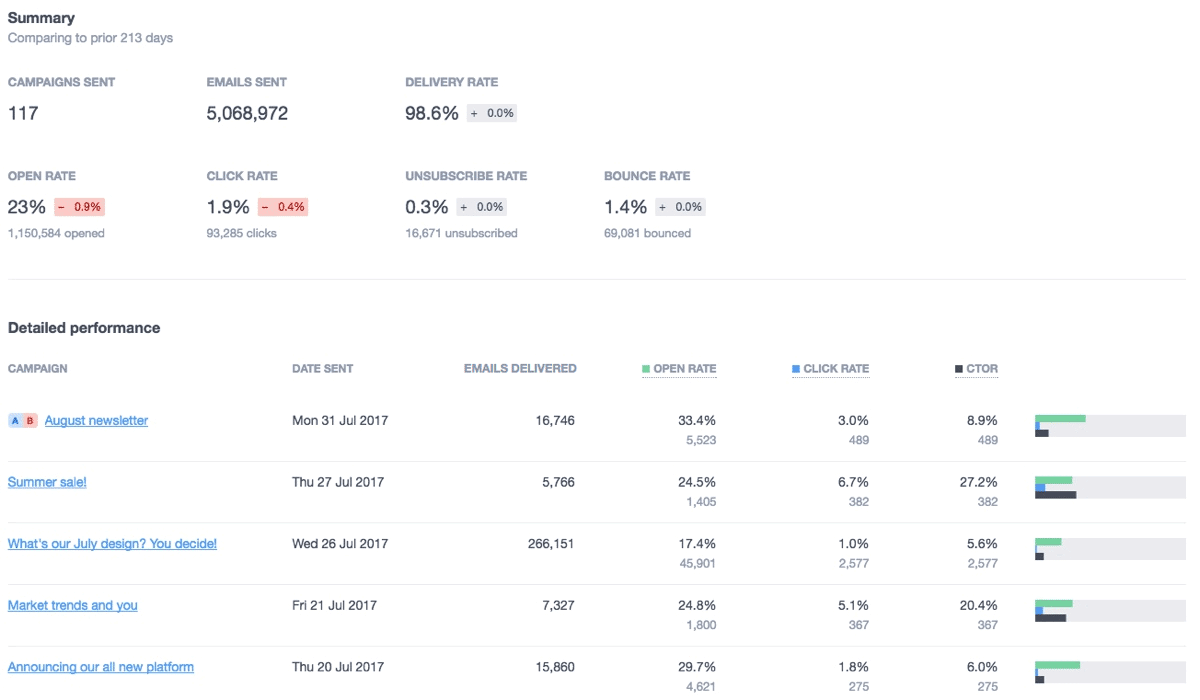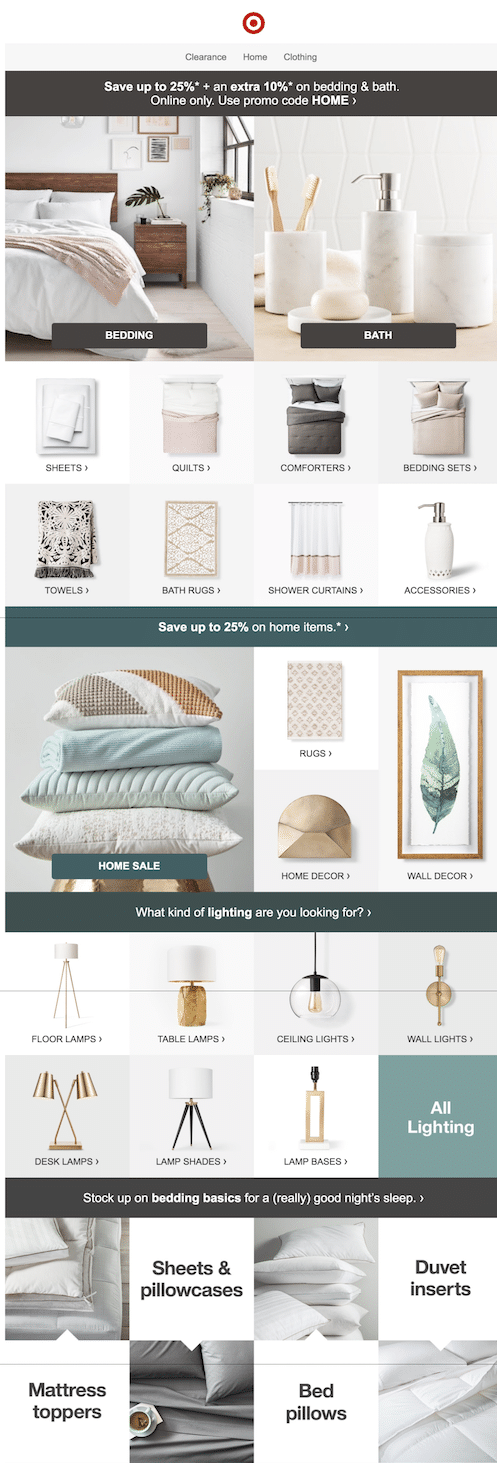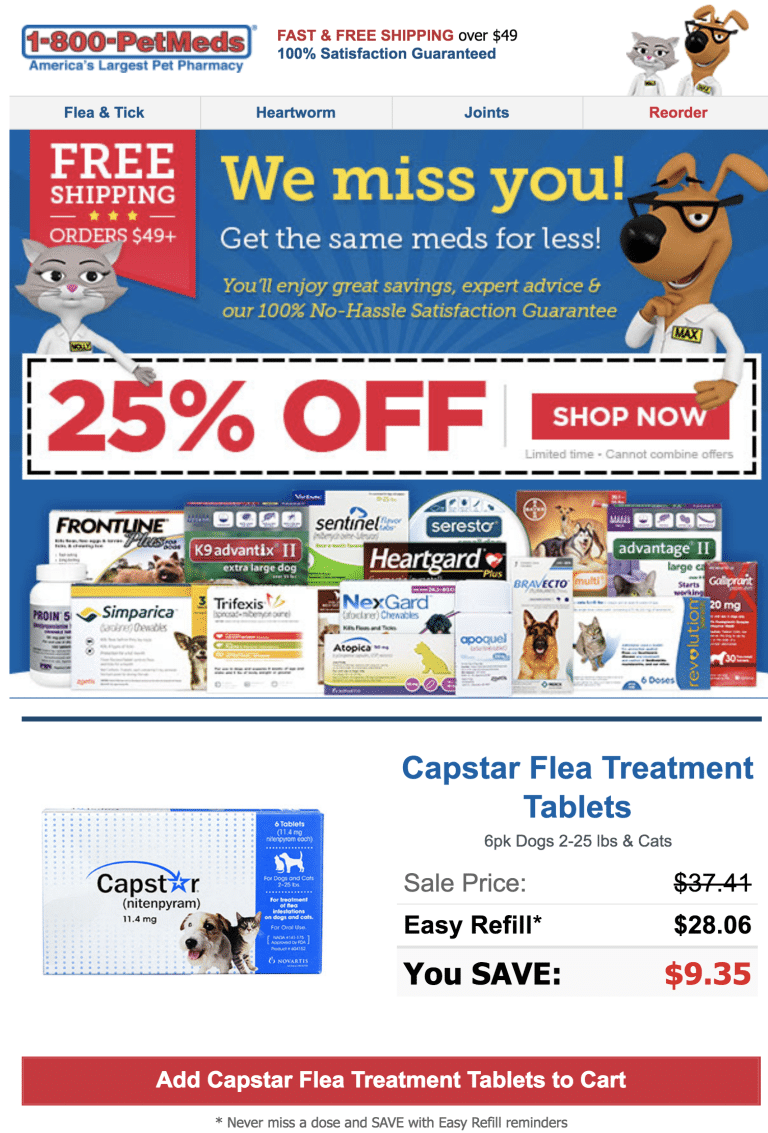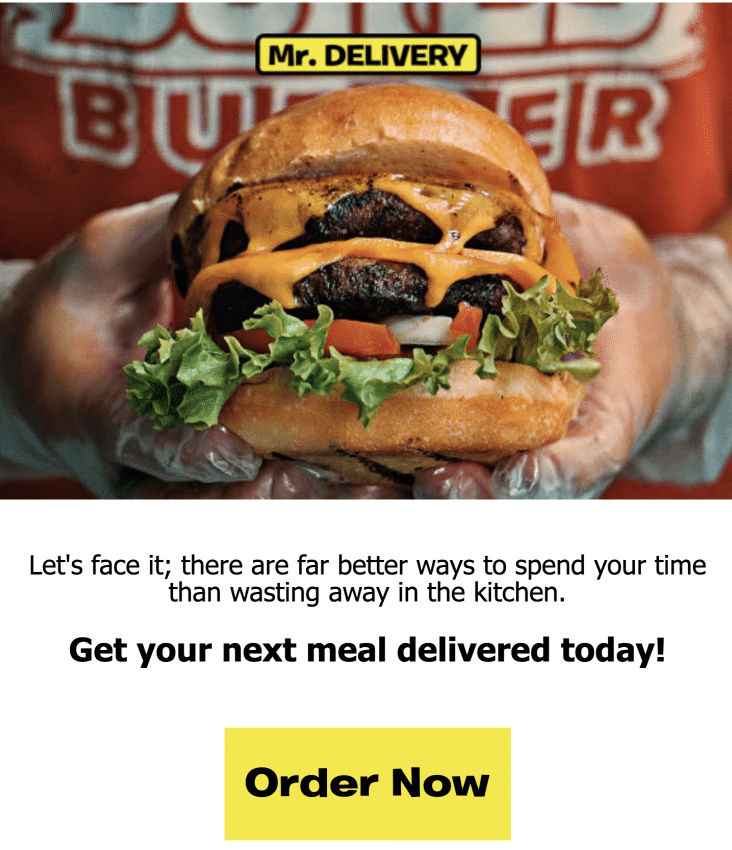This post was originally published July 2017, updated April 2020.
Unlike other types of marketing, email marketing allows you to pinpoint very specific data and insights about your subscribers. Each campaign you send has nuggets of information about your readers, including what makes them click through (or not click through) to your site. Open rates and click through rates are important metrics for your email marketing health. Most marketers know their open rates, but what about the click to open rate (CTOR)?
In this post, we’ll review some essential email marketing metrics (including CTOR) and what they mean to your email marketing.
Email marketing metrics 101
Before we jump into learning about CTOR, let’s take a look at some of the most common email marketing KPIs that marketers use. Most likely you’re already at least looking at these stats, if not living and breathing them. A quick refresher:
Email open rate
Email open rate is the percentage of people who opened an email campaign. If you mailed to a list of 750 people and 180 of them opened, your open rate would be 24%: a nice average.
Of course, lots of things influence your open rate, but a healthy open rate is typically in the 20-40% range.
Click through rate
Click through rate is the percentage of people who clicked a link or any linked image within an email. To continue our example from before, if you have a list of 750 people and 100 click on a link, you have about a 14% click-through rate.
Much like the open rate, this number will depend on the number of links you include in your email and how compelling the email content is.
Now that we’ve gone over open and click through rates, let’s discuss CTOR.
What is CTOR?
The metric marketers aren’t as familiar with is the click to open rate (CTOR), which essentially measures the effectiveness of your email’s content. This metric is calculated by the number of unique clicks divided by the number of unique opens.
Using our ongoing example 100 clicks / 180 opens (multiplied by 100 for a percent) = 55%. As with all other email metrics, this can fluctuate based on how awesome your content is. A good CTOR will vary between 20-30%.

Because it’s based on the number of unique opens, CTOR is a good indicator of how interesting your content is to your subscribers. If your links, layout, copy, and overall content are interesting, then your readers will want to click through to learn more.
For best results, create your own benchmarks. Don’t simply go by the average numbers. These published numbers include different industries, list sizes, and engagement, making your own benchmarks more valuable.
Look at the CTOR numbers for each of your email campaigns and look at your own average. Better yet, if you send different email types, track the CTOR for each type.
This may include tracking your newsletter, welcome email, or one-off campaign to find out how effective your content marketing is and where you can make improvements.
Tips to make your email more clickable
Since we’ve covered click to open rate, let’s discuss few tips to make your email more engaging.
Make it scannable.
Everyone is busy, meaning most subscribers won’t have the time to read everything in your email. To help frenzied readers, make your emails more scannable, allowing subscribers to get the key points.
People read online content differently than they would something in print. Structure your email to accommodate their needs by breaking up your points into easy-to-read chunks.
Additionally, make sure the most important piece of information is first, and supplement with images and links.
Luckily, you don’t have to take our word for it. You can see that Target does this in the email below:

Notice how Target begins with sale information and a promotional code, then supplements with scannable images and links.
Use dynamic content.
Make sure your readers see customized information: You can do this with dynamic content.
Dynamic content is a personalized email experience based on demographics, data, and email preferences.
Using what you know about your recipient, you can display the right content for their interests. Go beyond using a person’s name and add whole sections of text, images or even call-to-action buttons based on who’s looking at the email.
The more the content is of interest to your reader, the more likely they are to click through.
Consider the level of personalization used by 1800PetMeds in their dynamic content. Not only does the subject line utilize the pet name and signup date, but it does so in a friendly, conversational way.


The email then offers a replenishment deal on a pet medication ordered in the past. This small detail personalizes the email for the reader and encourages them to buy again.
Design for conversion.
Of course, you want your email to be effective and convince your readers to click through, so keep a couple of design tips in mind when creating your email.
- Images: Use the best images of your product or service that you can. People respond to visually-appealing content, and emails are no exception.
- Good copy: Good copy can make your content more engaging. Your copy should emphasize how your product can improve your readers’ experience. This is another great opportunity for personalized content.
- Make it easy to click: This may seem obvious, but make sure your email has enough links to get your reader to actually click. Use clever, easy-to-spot calls-to-actions to guide your readers.

Mr. Delivery ticks every one of our boxes from above. The image is beautiful, the copy is short and clever, and the CTA is bold and easy to click.
Check out our Marketing Glossary for even more useful email and digital marketing terms and definitions.
Wrap up
Email metrics are essential to making sure your email marketing is on track for the goals you’ve set.
Use email insights and reporting to learn which methods are working well and which ones need help. And remember, your emails and subscribers aren’t static, so keep tweaking and tracking your campaigns.
We recently launched our list of tips to build a 2019 marketing campaign. See them here, or build your own campaign today.





